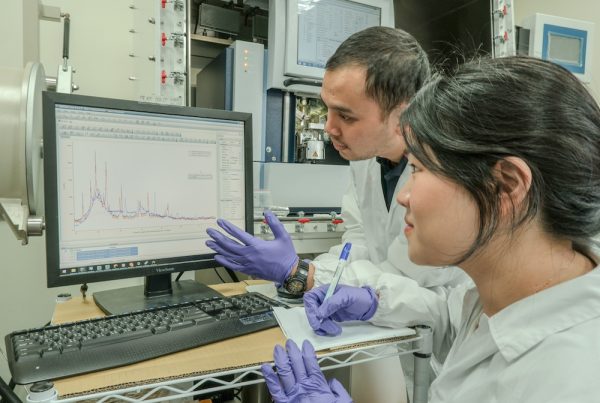In order to advancing energy storage solutions and explore more about renewable energy systems, our group work on the redox flow battery, Li-CO2 battery, and Fluoride-ion battery.
Organic aqueous and non-aqueous redox flow battery.
The redox flow battery offers scalability and adaptability through the flexibility to adjust volume and electrode area to precisely meet the requirements of consumers. Various types of redox systems have been introduced, including all-vanadium, Zn/Br, and Fe/Cr. However, some inorganic materials face challenges such as corrosive electrolytes, high costs, toxic materials, and low conductivity solvents. To overcome these hurdles, we have turned to organic redox-active materials as they use highly conductive solvents like water. In addition, these materials are low-cost, offer safety, and tunable to reach the high-performance.




